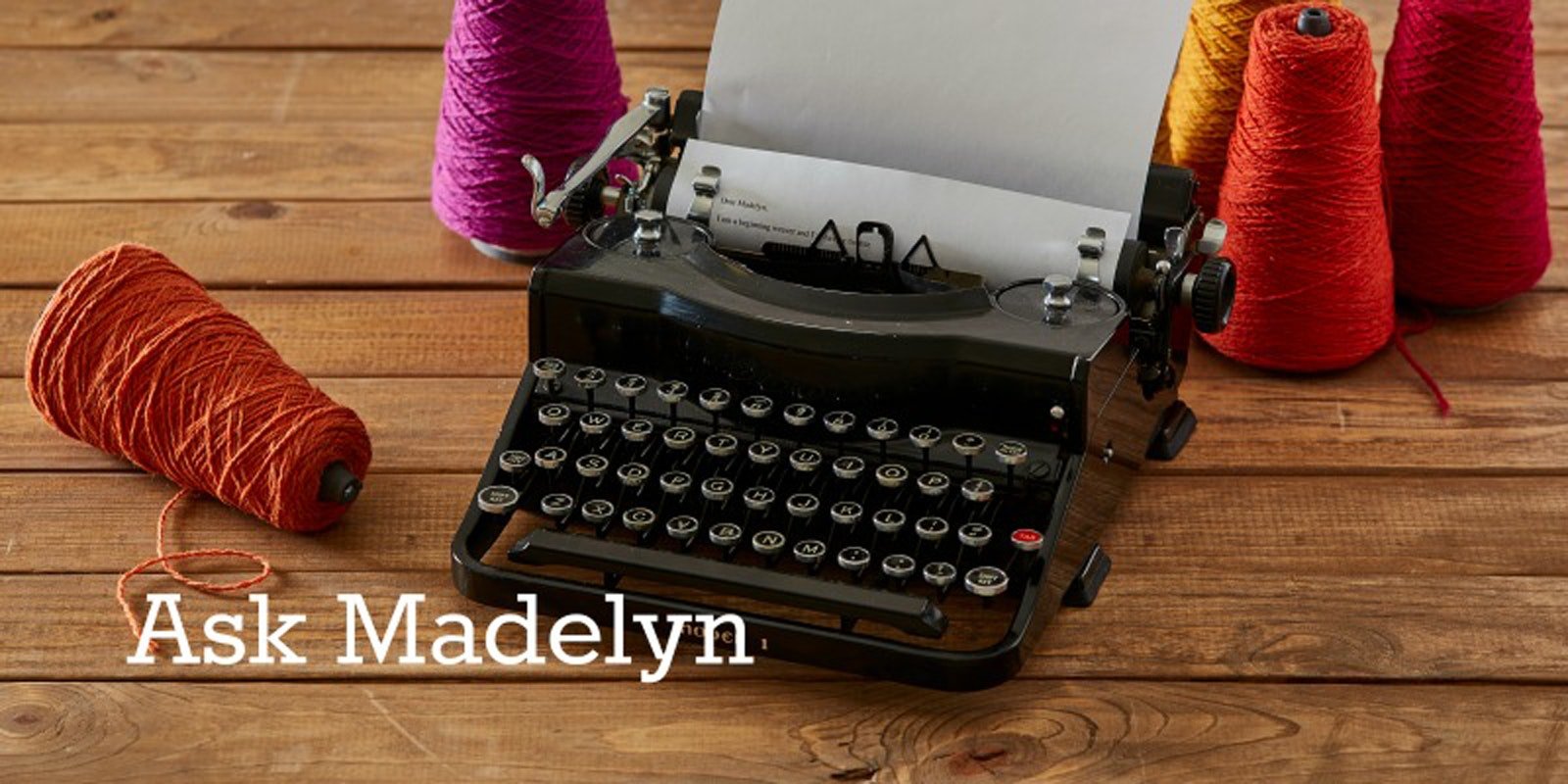I know I should probably answer this myself, but here is my dilemma. I have inherited several cones of two different yarns. One of them is a 2-ply linen (I'd guess about the size of 16/2, though there is nothing on the cone to tell me). The other is a cotton with a slight slub, pretty similar in thickness to the linen (like 8/2 cotton?) The linen is slightly darker than the cotton (half-bleached). I have a lot of both (several pounds each). I'd like to weave table runners but am not sure if I should: use both yarns in the same runner, weave runners using only one of the yarns as both warp and weft, or what structure would show of the yarns the most? I have a 4-shaft loom.
Cindy
Hi Cindy!
Of course, a choice like this probably has as many possible answers as there are weavers, so these are only my thoughts. Here is the process I usually go through to design any fabric: First, think about the needed fabric hand for its intended use. A table runner should have a substantially sturdy hand so that it remains flat on a table and can sustain repeated washings (plied linens and cottons are excellent for this purpose).
In general, when you choose weave structures, you are choosing among balanced weaves (same number of warp ends as weft ends), warp emphasis weaves (warp rep), weft emphasis weaves (weft rep), weaves with a supplementary warp or weft, or weaves with more than one layer. Almost all of these possibilities could make the required hand for a table runner. If, however, you choose a weft-faced rug weave, you'd have to use very fine weft threads because you don't want a table runner to be too thick (glasses might fall over that were placed on its edge). And if you were using very fine weft threads to make that happen, the table runner would take a very long time to weave.
I personally like balanced weaves for table linens of all kinds, including runners. My favorite weave structure for table linens, especially on four shafts, is huck lace or variation of it. A wide range of pleasing interlacements are possible with a buck lace threading, all of which create overall textures of high visual interest. You can check the Handwoven Indexes for projects in buck lace and also look for a soon-to-appear ebook that focuses on it. I'd probably choose your linen for the table runners and use the same yarn in both warp and weft. With those choices, the interlacement itself will be the visual focus. If you use a different yarn in the weft from the yarn in the warp, you'll notice specific weft or warp floats. (The slub in the cotton might also interrupt a bit the overall pattern created by the lace.)
However, what I would then do is use the linen as warp and weave samples in all the various possible interlacements first using linen for the weft and then the cotton to choose my favorite result for a runner or two. Then, I'd tie a cotton warp onto the linen warp and do the same thing with it, ending up with a lot of samplers, several table runners, and discoveries and observations to share.
Madelyn
If you have a weaving question please email Madelyn! View related & recent "Ask Madelyn" posts!

